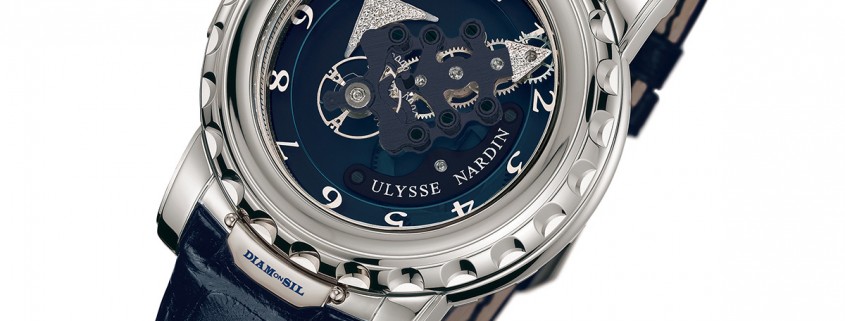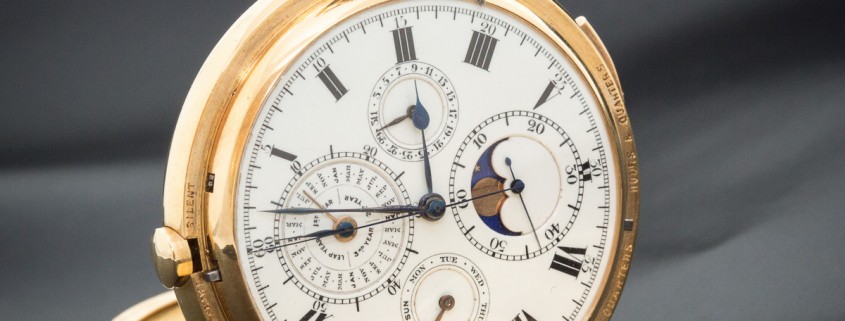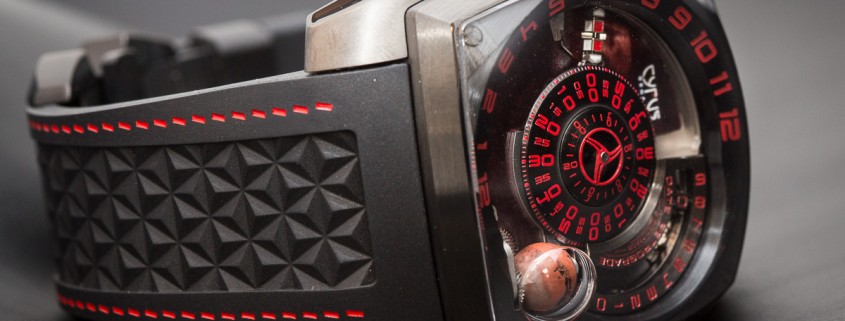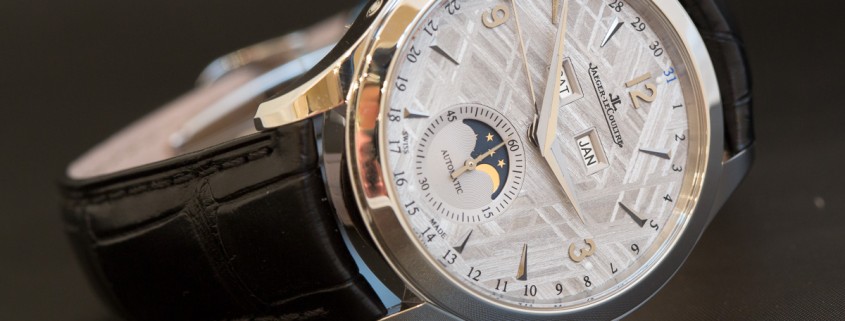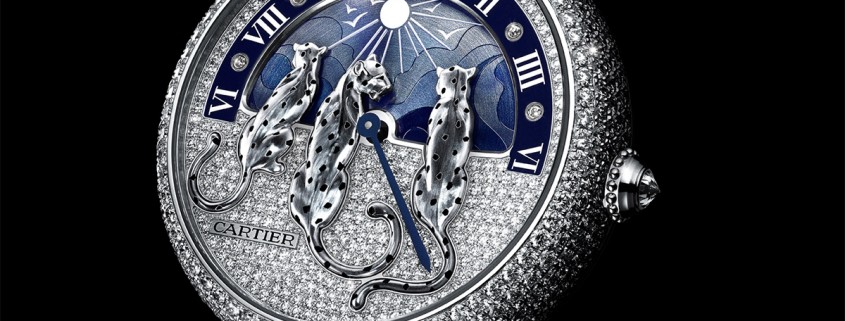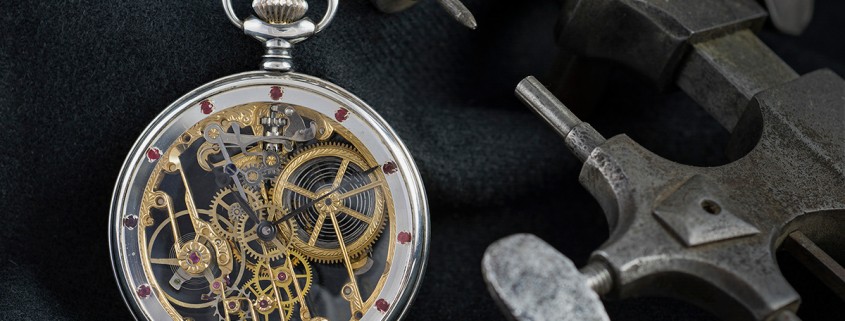Ulysse Nardin’s R-Evolutionary Pierre Gygax
A lot is changing at Ulysse Nardin, but then again a lot isn’t changing. What remains a constant at Ulysse Nardin are innovative products that continue to surprise and delight, getting better and better as the brand progresses deeper into its modern era. But, for me a big news item is what could be called the semi-retirement of Pierre Gygax from Ulysse Nardin, effective as of July 1, 2015. You may be surprised to learn just how important Gygax’s role at Ulysse Nardin was.
Heartbeat: 1880 Louis Audemars Minute Repeater, Perpetual Calendar, And Chronograph
At a preview before a Christie’s watch auction in Geneva, I found myself particularly attracted to this impeccable Louis Audemars pocket watch. It features a minute repeater, perpetual calendar, chronograph, and moon phase function, and is from circa 1880. It is 135 years old and doesn’t show a single wrinkle!
Cyrus Klepcys Mars: Bringing Home The Red Planet
Imagine that you are stranded on Mars. That’s the premise of ‘The Martian,’ a novel by Andy Weir. The watch by Cyrus that will bring us to the red planet is the Klepcys Mars, an awesome dual retrograde timepiece with a miniature rotating Mars beneath the crystal. Though you’ll have to read the book or wait for the movie to know how Watney deals with his situation, one of the cool details of this Klepcys is the three-dimensional Mars that makes one full revolution in a Martian day.
Dubai Watch Week Inaugurates In October 2015
Ahmed Seddiqi & Sons, the Grand Prix d’Horlogerie de Genève, and the Dubai Culture & Arts Authority is set to launch Dubai Watch Week, the first dedicated horology exhibition in the UAE.
Dubai Watch Week will be held in Dubai from October 18 through 22, 2015.
The five-day event targets both local and international watch collectors and aficionados in what is sure to be the Gulf’s largest dedicated watch event.
Jaeger-LeCoultre Master Calendar Meteorite: It’s Out Of This World!
During a recent visit to Jaeger-LeCoultre, product director Stéphane Belmont revealed that watches containing moon phases are always among the brand’s bestselling timepieces. So how, aside from the obvious moon phase display at 6 o’clock, does the new Master Calendar Meteorite fit into Jaeger-LeCoultre’s “year of astronomy” in 2015? Belmont replied, “Wearing meteorite is like having a piece of eternity on the wrist.”
Give Me Five! Rare And Unusual Ring Watches
A ring watch is a very rare sight in horology. This delicate style of timepiece is dependent upon a masterful set of artisans as, to accommodate the dainty size needed to fit on a finger, the mechanics must be much smaller. While ring watches might be rare, they’re not unheard of. Here we show you five – well, six – quite different ring watches, one modern from Baselworld 2015 while five are historical pieces.
Is The Biggest Risk To National Security The Apple Watch And Fitness Bands?
Security breaches of company databases have been in the news recently, but what if there was a spy who knew everything you were doing, including when you slept, ate, had sex, exercised, and worked – at what and for how long. A spy that monitored not just what you were doing, but how you were doing it, for how long, and how well. Have you really thought about what your fitness bracelet knows?
Why Is The Panther Cartier’s Pet Animal? Thank Jeanne Toussaint
The panther is Cartier’s most famous animal. But why is this so, and how has this ‘beastly’ line managed to remain in the watch and jewelry collection for more than 100 years? A look at the relationship between Louis Cartier and “the Coco Chanel of jewelry” Jeanne Toussaint sheds some (spotted) light on the first watch design, the Art Deco painting that inspired the collection, and the popularity that propelled it.
Exclusive: The Giulio Papi No. 1 Pocket Watch
Sometimes persistence pays off. After a few well-placed questions, the shopkeeper brought out a relatively innocent looking skeletonized pocket watch. With a wry smile, he suggested that the buyer take a look at the tiny lug, leaving my friend flabbergasted. “G.N. Papi No.1” is a clear reference to Giulio Papi. The legendary watch industry figure who leads Audemars Piguet Renaud & Papi and now my friend has stumbled across what could be his very first timepiece from 1984.
Here’s Why A Watch Is More Like A Motorcycle Than A Car
This is the first installment in a new series of articles focusing on a single concept. I’m calling it “Here’s Why.” Here I explain here’s why a watch is more like a motorcycle (and an iPod) than a car. To help me find the answers, I spoke to a few serious motorbike riders who also love mechanical watches, such as Bremont ambassador Charley Boorman and motorcycle enthusiast and watch journalist Keith Strandberg. The answers will surprise you.

